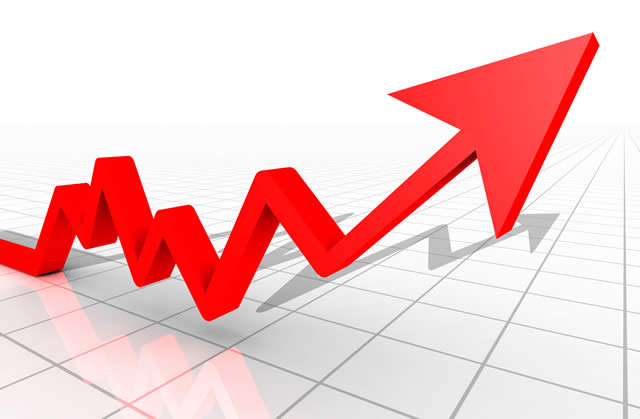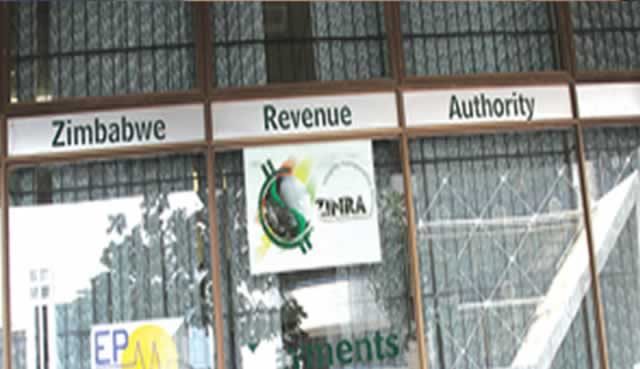Zim ‘inflation’ imported: RBZ

Business Reporter
ABOUT 58 percent of factors that pushed headline inflation rate in Zimbabwe into negative territory were external forces the country has no control over, a recent study by the Reserve Bank says. The annual inflation has continuously been in negative territory from November 2014. Both food and non-food inflation have also been declining, but RBZ research showed the former as the major cause.
The Food Agriculture Organisation said in 2016 that international prices of food fell by 28 percent from January 2013 to December 2015. Zimbabwe imports about 40 percent of its basic products.
The main contributors to negative inflation were food and non-alcoholic beverages accounting for 48,9 percent, housing, water and electricity, 18,5 percent, and other services, 15,1 percent, the study says.
Other items that contributed to negative inflation included health, education, communication, recreation and culture and restaurant and hotels.
Zimbabwe’s inflation fell into deflationary mode against a background of massive declines in global food, mineral and oil commodity prices, appreciation of the dollar against the country’s major trading partner currencies and low industrial capacity.
While there had been speculative citing of the causative factors behind the country’s deflation was no empirical evidence to back the assertions and the possible impact of deflation on the economy.
Economists, policy makers and academia are divided regarding the possible causes, risks, and consequences of the negative inflation in an economy that uses a basket of foreign currencies dominated by the greenback, the sole reporting currency for listed firms.
Others argue that the deflationary environment will create conditions favourable to economic growth, given that the country’s prices have significantly been above regional comparators.
According to this school of thought, the falling prices would increase real incomes and make export commodities more competitive. Others posit that persistent negative inflation could possibly trigger outright deflation, which is harmful to the recovery of the economy.
According to this school of thought falling prices raise the real value of debt, which undermines borrowers’ balance sheets. In addition, consumers might delay spending, in anticipation of further deceleration in prices, thereby negatively impacting on output.
“The sustained decline in inflation to negative territory has led to concerns on its impact on macroeconomic performance,” an excerpt drawn from the research study that was concluded last year says.
Empirical evidence, however, the RBZ study says, suggests the effects of negative inflation on an economy depend on whether it is caused by decreases in aggregate demand or a rise in productivity.
“The negative inflation caused by falling aggregate demand is essentially detrimental to economic growth and may, in a worst case scenario, develop into a hard-to-break, self-reinforcing deflationary spiral. However, negative inflation caused by supply side factors is believed to be conducive to economic growth.”
Reflecting the widespread fall in global commodity prices, most countries experienced declines in domestic prices, raising fears of deflation, especially in developing countries with currencies pegged to the dollar.
Although inflation rates for regional countries also went on a down spiral, the declines were generally stable and in positive territory.
“The main reason for this seeming dichotomy is that these countries (had) own currencies, which…depreciated in recent times, thereby limiting the full impact of changes in international commodity price developments,” the research study noted. The dollar appreciated against the South African rand by more than 70 percent, in nominal terms, between January 2012 and December 2015
Annual food inflation receded into negative territory in September 2013, while non-food inflation only started recording negative inflation in January 2015, implying that food inflation has been the major contributor to negative inflation in the country.
Zimbabwe is also a significant importer of fuel and other petroleum products. Crude oil declined from about $96,2 a barrel in 2014, to a monthly average of $39,22 a barrel in December 2015.









Comments